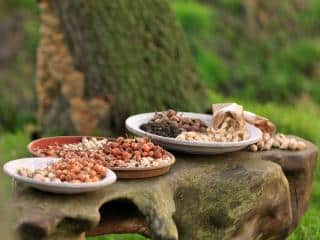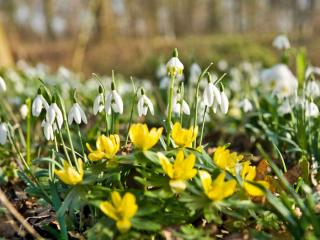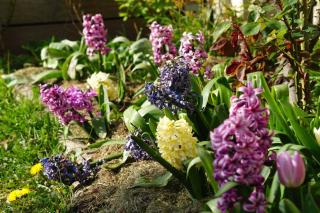

Plant bulbs depending on when they bloom:
– Spring-flowering > plant in fall
– Summer bulb > plant in spring
Recommendations for planting bulb flowers like tulip, hyacinth, crocus…
Avoid rocky, heavy and often-flooded soil types.
These would keep the bulbs from developing well, and prolonged flooding usually makes bulbs rot. If this is the soil you have, consider building a raised bed.

As a rule of thumb, the more sunlight a spot gets, the earlier bulb flowers there will bloom. Planting the same type of flowers in shade, part shade, and full sun can stage the blooming by up to two or three weeks.
Type the name of the plant in the Nature-and-Garden search box to call up the specific page for each and discover all of its characteristics.

But some plants like crocus and snowdrop can be crowded together since they are very small flowers.
Conversely, this distance must be increased to 8 to 12 inches (20 to 30 cm) for balisier or iris.
Good to know: you’ll get the most natural effect in your flower bed with the following trick:
For bulb flowers, randomness is often more appealing than regular, perfectly spaced flowers.

Dig a hole roughly 2 or 3 times deep as the bulb is high, and cover with soil. Take care to check that the entire surface of the bulb is in contact with the soil.
After that, mulch with a light mulch (thin layer of lawn clippings or other plant-based mulch).
This is the perfect solution if the soil is really too heavy, or if you don’t have much space. For instance, growing potted tulip is very gratifying!
You are now ready to plant bulbs and see beautiful flowers in your garden, great job!